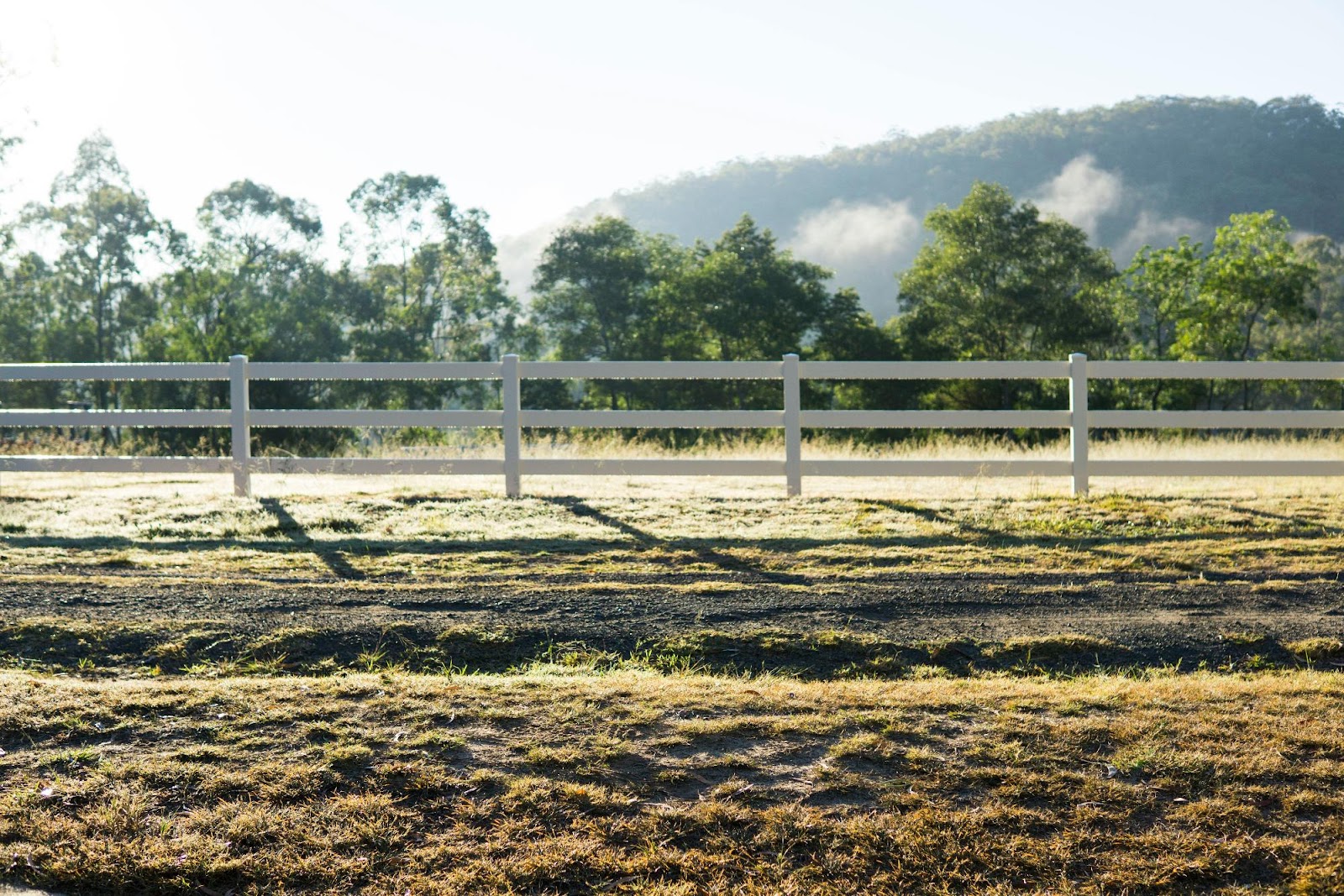Installing a fence in these regions can be difficult because even after the rain stops and the water evaporates, the soil will still be unsuitable for holding the concrete. Yes, you can put up the fence even if it’s raining. Except for the rain, fences may be constructed in almost any weather.
If it’s raining, don’t put your fence posts up! You can imagine how much effort goes into excavating postholes, only for them to be filled with rainwater. It’s never fun to work outside in the rain and wind. Even going for a walk with your dog can be a chore.
It’s not even close to as time-consuming as installing a new home fence. Despite what you may believe, it is entirely possible to complete the fence installation process even if it is chilly and rainy outside. We’ve put together a guide to help you deal with it.
Table of Contents
Installing The Fence In The Rain Can Be Challenging
Installing a fence in these regions can be difficult because even after the rain stops and the water evaporates, the soil will still be unsuitable for holding the concrete. Use pressure-treated wood and wait until there is a one- or two-day period without rain.
If you’re going to use latex, experts suggest putting it on 4 to 6 hours before a light rain. By then, the paint will have cured sufficiently to avoid spots. Depending on the temperature, oil-based paints take one full day to dry.
A professional fencing installer can install a fence at any time of year, but you may choose the best time for your own DIY job. It’ll be a snap, thanks to specialized instruments that make winter digging easier and a team of skilled workers on site.
Not to mention the fact that, regardless of the season, you can have your dream fence delivered and built quickly.
It Is Okay To Install The Fence In The Rain Season
A fence can be constructed on damp ground. Rainfall will saturate the earth, according to most people. This can make it difficult to properly set up your post holes or cause the concrete you wish to use to become weak. However, this is only true if it rains continuously.
Regularly damp groundwater or light rain will not compromise the strength of your barrier. Water can easily collect on top of the concrete and be absorbed by the siding in the event of heavy rain.
In that kind of heavy rain, you won’t drill holes to drain the water. Even if you could, the foundation in that kind of soil would be too shaky to sustain the fence. However, a long-lasting fence can be constructed in any other type of damp ground.
Fence Depth In The Wet Ground Is The Main Consideration
How far does your fence reach into the ground? Examining the depth of the attached fence posts is a sure-fire way to stabilize your fence. The fences around your yard, much like your feet, must find their footing to get up and walk.
On the other hand, replacing each post individually can be time-consuming and exhausting. After you’ve finished assessing the state of the fence, consider if you should replace it entirely.
Fence Installation Process In The Rainy Season
Let’s get started with the setup. This may take some time for you. However, we can assure you that the total time spent is significantly less than that required to retile a shower. All you need to do now is wait.
1) Dig Holes For The Posts
To begin, dig your holes with a posthole digger. The depth and width of each hole should be approximately 20 inches and 6 inches, respectively. The hole should be a few inches below the frost line. As previously said, each hole should be three to four inches deeper.
2) Use Gravel To Fill The Holes
Fill the holes you’ve just dug with gravel with your trusty shovel. Backfill each hole with tamped gravel in the bottom third. The holes will not leak as a result of this.
Now is the time to start mixing the concrete. To make a paste, mix your concrete with a little water. For the right amount, consult the manufacturer’s instructions. The basic concrete preparation mix will suffice if you don’t have a guide.
3) Use Pressure-Treated Wood To Secure The Holes
Now is the time to put your pressure-treated wood into the hole. Your concrete will finally be held in place by this. To secure it in the hole, use whatever force is necessary. The fence will become more solid as it is buried deeper in the pit. Carry out this procedure for each post hole you’ve excavated.
4) Balance The Posts
Lastly, check that each post is level and balanced before the concrete hardens. Make sure each post is aligned properly with the others. If necessary, make any necessary modifications. If necessary, pour more concrete to make sure everything is in perfect working order. Wait for the concrete to harden after you’ve finished.
Don’t worry; it’ll only take a fraction of the time it takes for the grout to set. All you have to do now is wait for an entire day. Even if it rains, the concrete will be poured.
Conclusion
Above all, you can surely install the fence in the rainy season. However, you have to wait to let the ground and gravel dry completely before using the fenced area.
Hopefully, discussed guidelines and instructions will help install the fence posts in wet ground or a rainy season. However, it would be great to work in off-season if you are a DIYer or a beginner.





